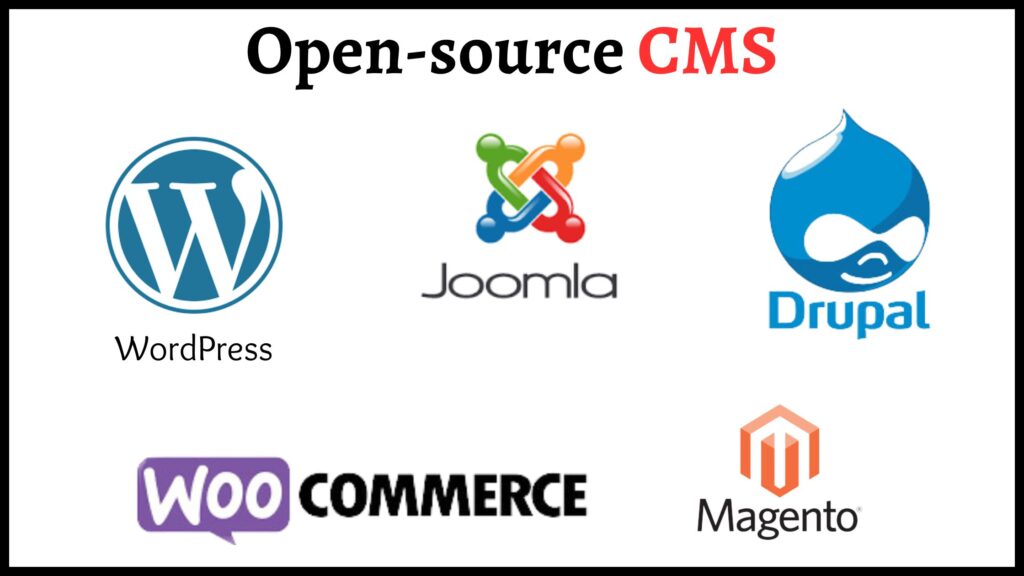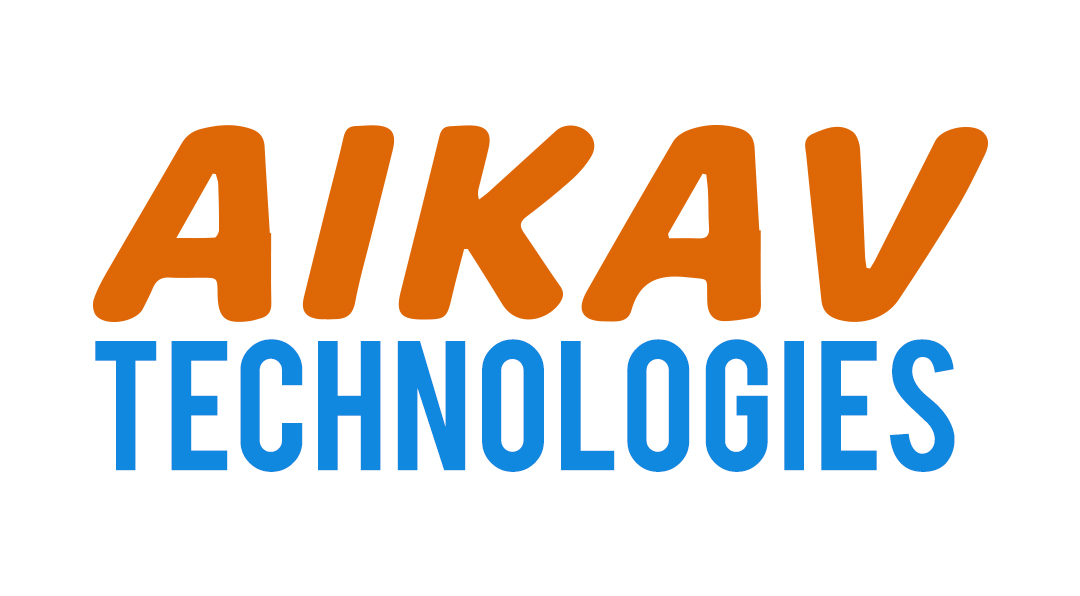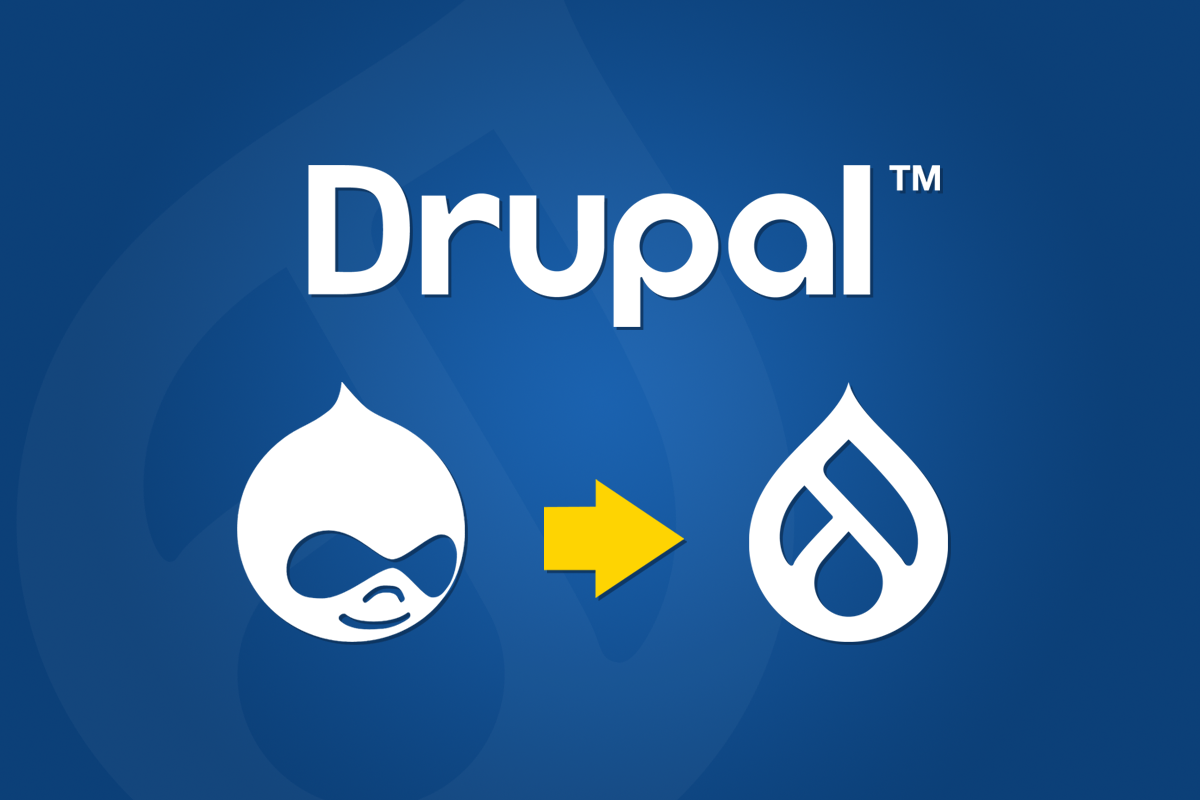
Building a job application form in Drupal is a powerful way to streamline the hiring process directly on your website. With Drupal’s flexible content management system (CMS), you can create a customized job application form that suits your specific needs, integrates with your existing workflows, and allows for easy management of applications. This detailed guide will walk you through the steps of creating a job application form in Drupal, from setting up the form structure to configuring submission handling and email notifications.
1. Why Use Drupal for Job Application Forms?
Drupal offers several advantages for creating job application forms:
Flexibility: You can create custom fields to capture specific information, such as personal details, qualifications, resume uploads, and references.
Customization: Using Drupal's extensive ecosystem of modules, you can enhance the form with additional features like CAPTCHA for spam prevention or integration with third-party applications.
Security: Drupal's robust security features ensure that sensitive application data is handled safely and securely.
Integration: You can easily integrate the job application form with other Drupal modules, like views, workflows, or email notification systems.
2. Setting Up the Job Application Form Structure
To begin building your job application form in Drupal, follow these steps:
Step 1: Create a Custom Content Type: In Drupal, content types are used to define the structure of different types of content. Start by creating a custom content type called "Job Application" or similar.
Go to Structure > Content types > Add content type.
Add fields such as text fields (for name, email, etc.), file upload fields (for resumes or cover letters), and long text fields (for cover letters).
Step 2: Add Required Fields: Depending on your hiring process, you may want to collect specific information. Common fields for job application forms include:
Text fields for name, contact details, position applied for, etc.
File upload fields for resumes, cover letters, or portfolios.
Checkboxes or radio buttons to collect responses on questions like "Are you available to start immediately?"
Long text fields for personal statements or answers to application questions.
Step 3: Create a Form Layout: Use Drupal's built-in form builder to design the layout of your form. You can arrange the fields in a logical order, add descriptions or help text, and set field validation rules (such as requiring a resume file upload).
3. Enhancing the Form with Modules
While Drupal's native form builder is powerful, you can enhance your job application form further by leveraging various contributed modules:
Webform Module: The Webform module is one of the most popular tools for building forms in Drupal. It allows for more advanced features like conditional logic (showing or hiding fields based on user input), multi-step forms, and detailed submission management. With Webform, you can create a highly customizable and feature-rich job application form.
File Entity Module: For handling file uploads (like resumes and cover letters), you can use the File Entity module. This module provides better management of uploaded files, including support for file previews, permissions, and metadata.
Captcha Module: To prevent spam or automated submissions, you can use the Captcha module to add a CAPTCHA challenge to the form. This ensures that only human applicants can submit their applications.
4. Managing Submissions and Notifications
Once your job application form is up and running, you’ll need to manage submissions and notify the appropriate people in your organization when a new application is received.
Email Notifications: Configure email notifications for both the applicant and the hiring team. When an applicant submits their job application, Drupal can send an automated confirmation email to the applicant, acknowledging receipt of their application. You can also set up a notification to send a detailed email to the hiring team with the applicant's information.
Views Module: The Views module allows you to create custom lists or reports of job applications. You can display recent job applications in a table for easy review by HR staff, filter applications based on fields (e.g., by position applied for), and even create an admin dashboard to track application statuses.
Workflow Management: If you want to implement a more complex approval process, you can use the Workflow module to create custom workflows for the job application process. This could include reviewing the application, interviewing candidates, and tracking the application status.
5. Final Steps: Testing, Launching, and Managing Applications
Testing: Before launching the form on your website, ensure that it’s fully functional by testing it with multiple submissions. Make sure all required fields are validated, file uploads work, and email notifications are triggered correctly.
Publishing the Form: Once the form is ready, publish it on your website. You can either link to the form directly from your job listings page or create a dedicated "Apply Now" page.
Ongoing Management: Regularly review the submitted job applications and update the form as needed. You can also add features like tracking the status of each applicant or automatically rejecting incomplete forms.
Conclusion:
Creating a job application form in Drupal is a straightforward process thanks to the platform's flexibility and the availability of powerful modules. By following the steps outlined in this guide, you can build a professional and efficient job application form tailored to your hiring process. With the ability to collect detailed applicant information, manage submissions, and configure email notifications, Drupal provides a comprehensive solution for your recruitment needs.
This guide has covered the essential steps in building a job application form, from setting up the structure and adding custom fields to using contributed modules for enhanced functionality. With Drupal, you can create a seamless and secure job application process that integrates directly into your website.
Recent Blogs

The essence of open source cannot be denied in present world. Almost all the popular…Read more

